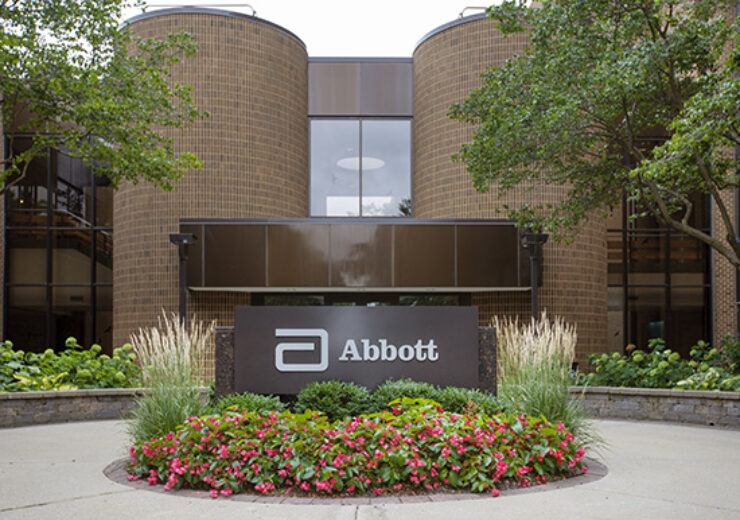Abbott's investigational dual-chamber pacemaker is designed to provide synchronous, beat-by-beat pacing of the right atrium and right ventricle of the heart

Abbott headquarters. (Credit: Abbott.)
Abbott has completed the world’s first patient implants using its dual-chamber leadless pacemaker system, as part of its AVEIR DR i2i clinical study.
The investigational Aveir DR dual-chamber leadless pacemaker is designed to provide synchronous, beat-by-beat pacing of the right atrium and right ventricle of the heart.
It leverages implant-to-implant (i2i) device technology for communication between two implanted leadless pacemakers, to achieve a regulated heart rate.
The first implant was performed at Na Homolce Hospital in Prague, Czech Republic, led by site principal investigator Petr Neuzil, assisted by site co-investigator Vivek Reddy.
According to the company, Aveir DR is a significant technological milestone in leadless pacing technology and is the world’s first to be implanted in a clinical trial.
Abbott cardiac rhythm management business senior vice president Randel Woodgrift said: “The Aveir DR dual-chamber leadless pacemaker builds upon our Aveir VR single-chamber leadless platform, and we believe that once approved these systems have the potential to change the way doctors approach the treatment of abnormal heart rhythms.
“The involvement of world-class heart institutions in this study reinforces that the innovations we are developing are exactly the kind of advancements physicians around the world want for their patients.”
Abbott claimed that its advanced i2i technology offers beat-by-beat communication between two leadless pacemakers, one in the right ventricle and the other in the right atrium.
The technology aims to regulate the heart rate synchronously between chambers and facilitates true dual-chamber leadless pacing, said the company.
AVEIR DR i2i clinical study is designed to evaluate the safety and efficacy of the Aveir DR leadless pacemaker in patients indicated for a DDD or dual-chamber bradycardia pacing.
It would enrol around 550 patients from up to 80 sites in the US, Canada, Europe and Asia-Pacific, and all participants will be followed for at least 12 months post-implant.
